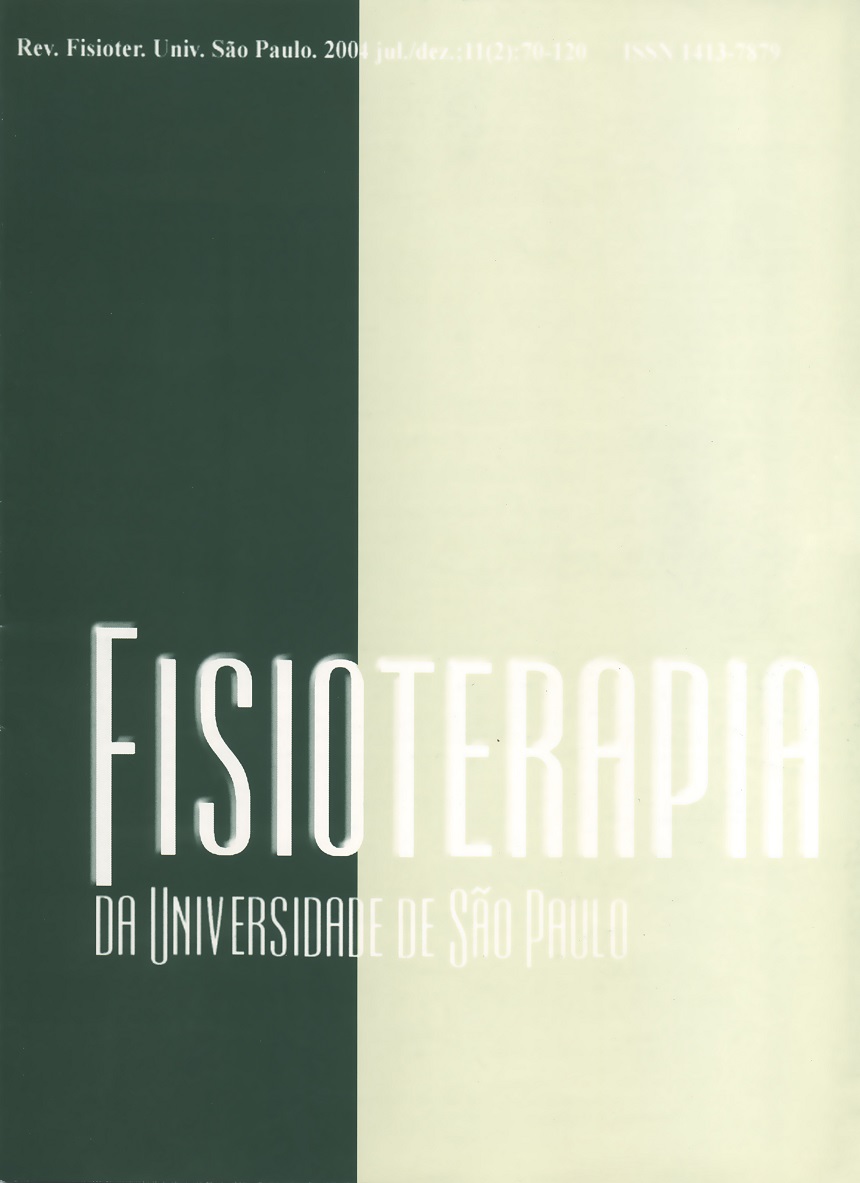Utilization of Moiré Topography to detect postural deformities
DOI:
https://doi.org/10.1590/fpusp.v10i1.77507Keywords:
Moiré topography/methods, scoliosis, child, posture, abnormalities/rehabilitation, physical therapy/methods.Abstract
The appearance of spinal deformities occurs in children and adolescents during the growth phase could cause to serious deformities committing theposture. Several techniques exist to detect the scoliosis and postural deformities, one of them is the moiré topography, which it is an observation technique through the projection of the light on a screen doing a shade with fringes (moiré fringes) in the examined trunk. This work aimed to make a screen for using the tecnique of the moiré topography looking for detecting postural deformities in the children's screening programs. 186 children between 6 and 13 years old of a public school of Uberaba-MG where evaluated and analyzed of the symmetry of the fringes, the presence of the hump, asymmetry of the shoulders and of the triangle of Tales. Of the evaluated children they found the four concomitant alterations in 22 (12%), at least three alterations in 65 (35%), two alterations in 48 (26%), an only alteration in 30 (16%) and any alteration in 21 (11%). In only 4 (2%) of the children those alterations were considered important for them to be submitted to the radiography, for clinical treatment and physical therapy. The statistical analysis for the exact test of Fisher showed a significant dependence between fringes and shoulders for the girls' group and between fringes and triangle of Tales as well as between the fringes and shoulders for the boys' group. The moiré technique demonstrated to be easy handling for the analysis postural of children.
Downloads
Download data is not yet available.
Downloads
Published
2003-06-30
Issue
Section
Articles
How to Cite
Utilization of Moiré Topography to detect postural deformities. (2003). Fisioterapia E Pesquisa, 10(1), 16-23. https://doi.org/10.1590/fpusp.v10i1.77507



